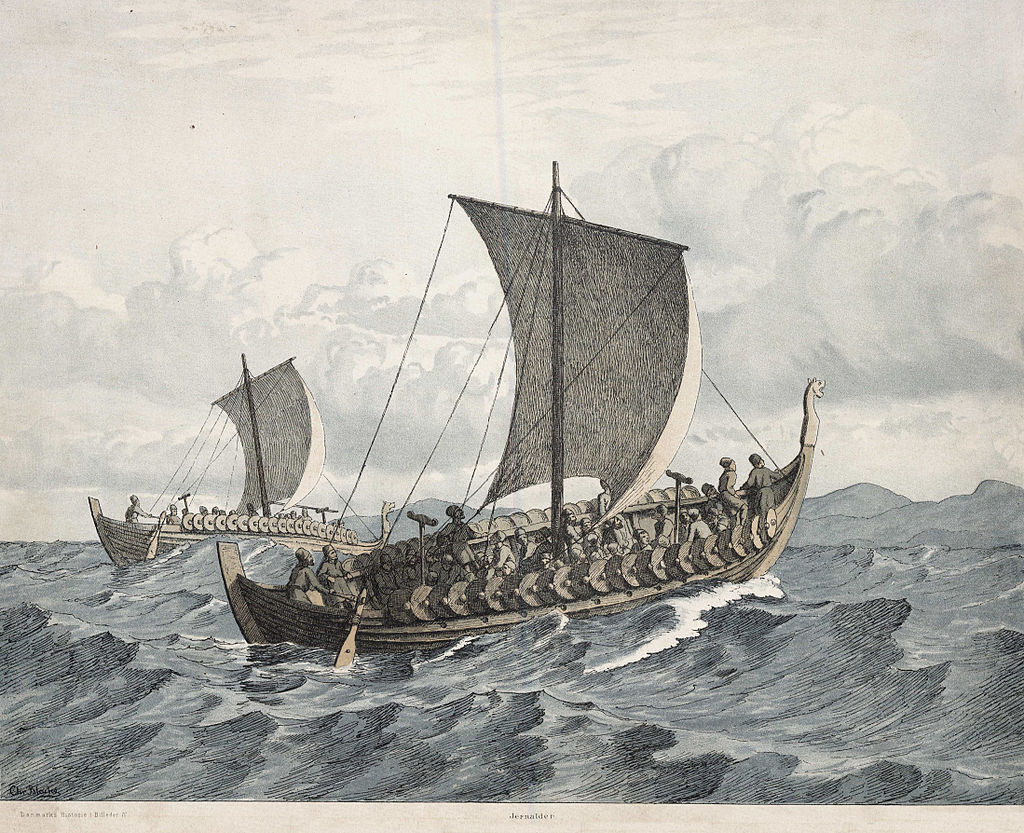I like analogies. Suppose you need to fix your car’s alternator. The mechanic takes out the broken alternator and puts in a new one. Your car remains your car the entire time. This is not what happens in crypto when a miner switches version of code. Hard fork, soft fork, doesn’t matter, the one string of data is completely interrupted and replaced with a new string. You briefly stop and are mining nothing while you implement the change…The alternator analogy equivalent in crypto would be that the mechanic throws your car into an incinerator, and builds you an exact duplicate of your car that has a working alternator.
But of course when miner’s switch to a new version of code, they don’t all do it at the same time. There is no moment where everyone shuts down their rigs, and starts them back up with a new code. They slowly each make the choice to switch, and when enough have switched, the new code becomes operational. This is how bitcoin upgrades can occur uninterrupted. Its a bit like Theseus’ ship, but not quite.
Theseus’ ship. He sets sail from Athens, after 20 years of sailing he returns to Athens. On his travels he has replaced every single board, every rope, every part on his entire ship. Even though physically it is 100% different, we would never question that it is still Theseus’ same ship. Likewise your body goes through this process every 7 years. Every single molecule is discarded and replaced. But unquestionably, you are still you despite being 100% physically different.
But there is a fundamental difference between a blockchain and Theseus’ ship. Suppose Theseus decides to install a 2nd mast when at port in Lisbon. His crew think its a great idea and help with the upgrade. They sail back to Athens. Even though the ship is now not just entirely physically replaced, but fundamentally looks different too- there is no question it remains the same ship. In crypto though, there is a hitch. Suppose Theseus’ first mate, Spinoza, thinks the 2nd mast will make the ship unstable. He rallies some of the crew to join him in opposing the upgrade. Either the 2 sides come to agreement or a bloody mutinous battle ensues with a victor at the end. At the end of the day, only one ship is sailing out of port in Lisbon. It’ll have 1 mast or 2, but it’ll be one ship unquestionably. In crypto, this is not the case. Theseus is able to sail out of port with a 2 masted ship, and Spinoza can sail out of the same port using the original 1 mast design. If they don’t agree, no problem, they can each have their own ship. 1 ship becomes 2 ships. The relevant difference here between a physical ship and the crypto ship goes back to the car analogy. What happens in a crypto upgrade isn’t really an upgrade at all, its a duplication. We discard the first ship, and build a new one just like it. When Spinoza decides to keep mining the old software, he gets to keep the old ship that Theseus has discarded. Theseus’ new ship with 2 masts is a duplication. This is how both of them are able to sail out of Lisbon on different ships. Spinoza on the original, and Theseus on a duplicate.
A fully matured blockchain is the one that never goes through this process of replacement again. The point at which the version is finally good enough that the original ship will never stop sailing. Someone, somewhere will always keep mining its code and refuses to shut down their rig. This will happen naturally. Segwit forks and other business aside. At some point the code we’re using for Bitcoin will be good enough that no amount of enticing, innovation or coercing will be sufficient to convince everyone to abandon the current code and swap to a new one. This is the ultimate end of any crypto. It only reaches permanence, it only becomes one ship and one ship alone, when consensus and forks become impossible to implement. Fully evolved, every blockchain will reach a point after which the code is never abandoned and replaced again.